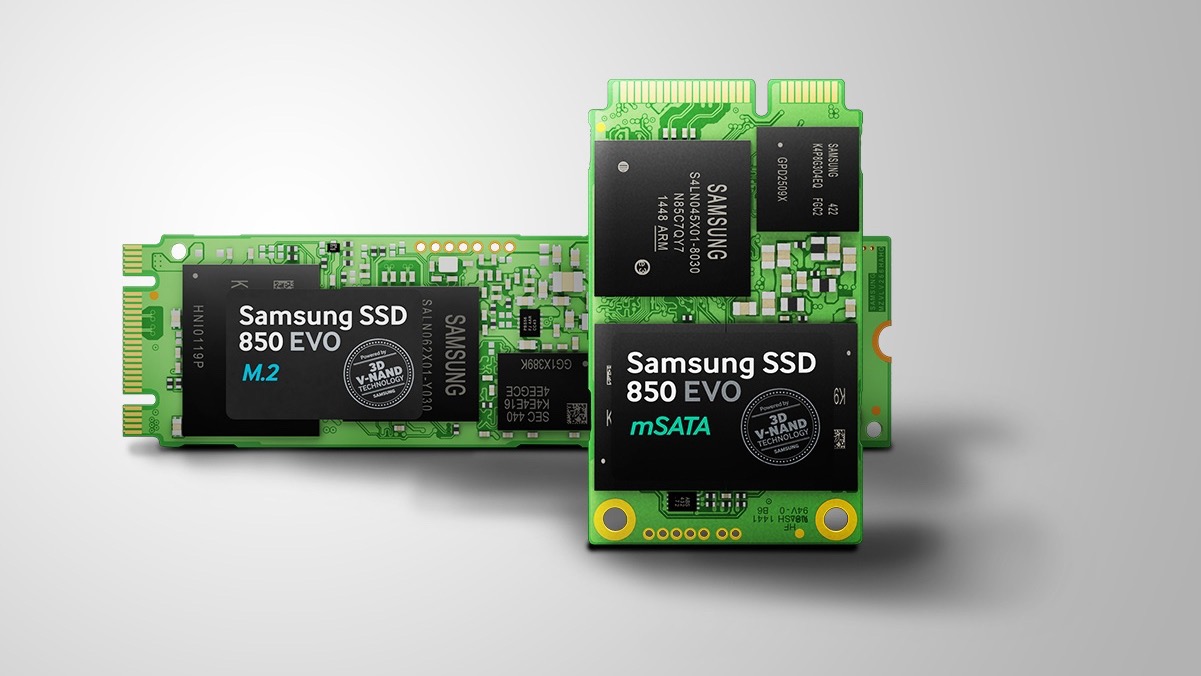Samsung paves way for higher capacity SSDs
Storage is growing

Manufacturing for 256-gigabit 3D Vertical NAND flash memory has begun, Samsung announced. The memory is based on 48 layers of 3-bit multi-level-cell arrays.
The higher density memory paves way to even larger capacity solid state drives in the future. Samsung, Toshiba, SanDisk, Intel and Micron are all working on advancing NAND technology, so hopefully consumers will win with competitive pricing as the race for more storage heats up.
"The new chip will also easily double the capacity of Samsung's existing SSD line-ups, and provide an ideal solution for multi-terabyte SSDs," Samsung said in a statement. The company already has a 2TB solid state drive on the market.
Samsung's progress
The chips are part of the 3D NAND family where cells that store data are stacked in a vertical arrangement to increase storage capacity while retaining the same footprint. Samsung is able to stack more cells with the 48-layer format, compared to the 32 layers on the previous generation announced in August 2014. The 48-layer 3D V-NAND is Samsung's third generation memory design.
The new chip utilizes the same 3D Charge Trap Flash (CTF). The layers are connected through 1.8 billion channel holes with a special etching technique. Each cell can store 3 bits of data. There are 85.3 billion cells storing a total of 256 billion bits of data.
This means that 256Gb of data is stored on a chip about the size of a fingertip.
The new 48-layer process uses 30% less power than the 32-layer version when storing the same amount of data. It also brings 40% more productivity.
Are you a pro? Subscribe to our newsletter
Sign up to the TechRadar Pro newsletter to get all the top news, opinion, features and guidance your business needs to succeed!
The new storage is expected to reach enterprises and data centers first. It's unclear when the drives will be available to consumers, or how much they will cost.
The competition
Competition is heating up in the memory market. Samsung will compete against the Toshiba and SanDisk partnership as well as joint efforts launched by Intel and Micron.
Earlier this month, Toshiba and SanDisk announced that samples of the 48-layer 256Gb TLC die will begin sampling in September. Intel and Micron announced in March a 32-layer process that could lead to 10TB SSD capacities.
Late last month, Intel and Micron announced a revolutionary type of memory called 3D XPoint, which promises even faster speeds and increased durability compared to NAND designs.